Understanding Container Load Ramps
Container load ramps are essential tools in the logistics and transportation industry, designed to facilitate the loading and unloading of cargo from containers. These ramps serve as a bridge between different levels, allowing forklifts and other loading vehicles to move goods efficiently into storage areas or transport vehicles.
Types and Applications
Diverse in type, container load ramps cater to various applications. Mobile yard ramps, for instance, are versatile and can be moved to where they are needed most. In contrast, stationary dock ramps are fixed in place, typically at loading docks or warehouse entrances. For specialized tasks, edge of dock levelers and portable loading docks offer unique functionalities that support specific loading requirements.
Features and Materials
The construction of container load ramps involves robust materials like steel or aluminum, ensuring durability and the capacity to withstand heavy loads. Many ramps feature a non-slip surface for added safety and adjustable height settings to accommodate different container and vehicle heights. The design often includes safety curbs to prevent accidental roll-off.
Advantages of Using Container Load Ramps
Employing a container load ramp in material handling operations brings several advantages. They enhance efficiency by streamlining the loading process and improve safety by providing a stable platform for heavy lifting. Furthermore, ramps are designed for heavy-duty use, capable of supporting large weights, which reduces wear and tear on machinery.
Selection Considerations
When selecting a container load ramp, it's crucial to consider the weight capacity and compatibility with existing equipment. The ramp's dimensions should align with the containers and vehicles in use. Additionally, features like portability and ease of storage may be important for operations with limited space or those requiring frequent reconfiguration.
Integrating with Other Equipment
Integrating a container load ramp with other material handling equipment can further optimize operations. For instance, pairing with loading dock equipment can create a seamless transition from truck to warehouse. Combining ramps with material handling trolleys can facilitate the movement of goods within the facility, enhancing overall workflow efficiency.







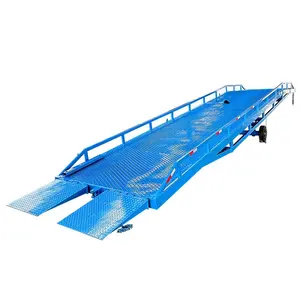




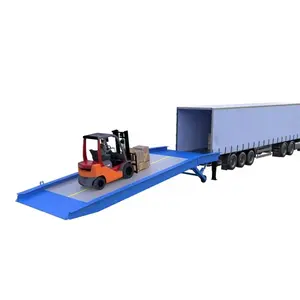

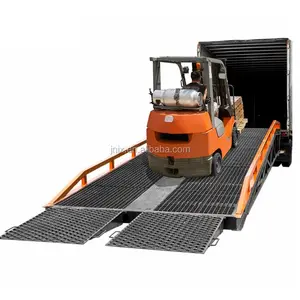
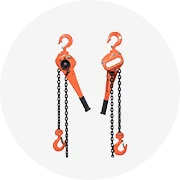
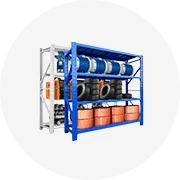
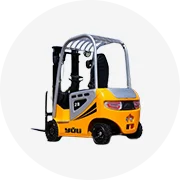








 浙公网安备 33010002000092号
浙公网安备 33010002000092号 浙B2-20120091-4
浙B2-20120091-4